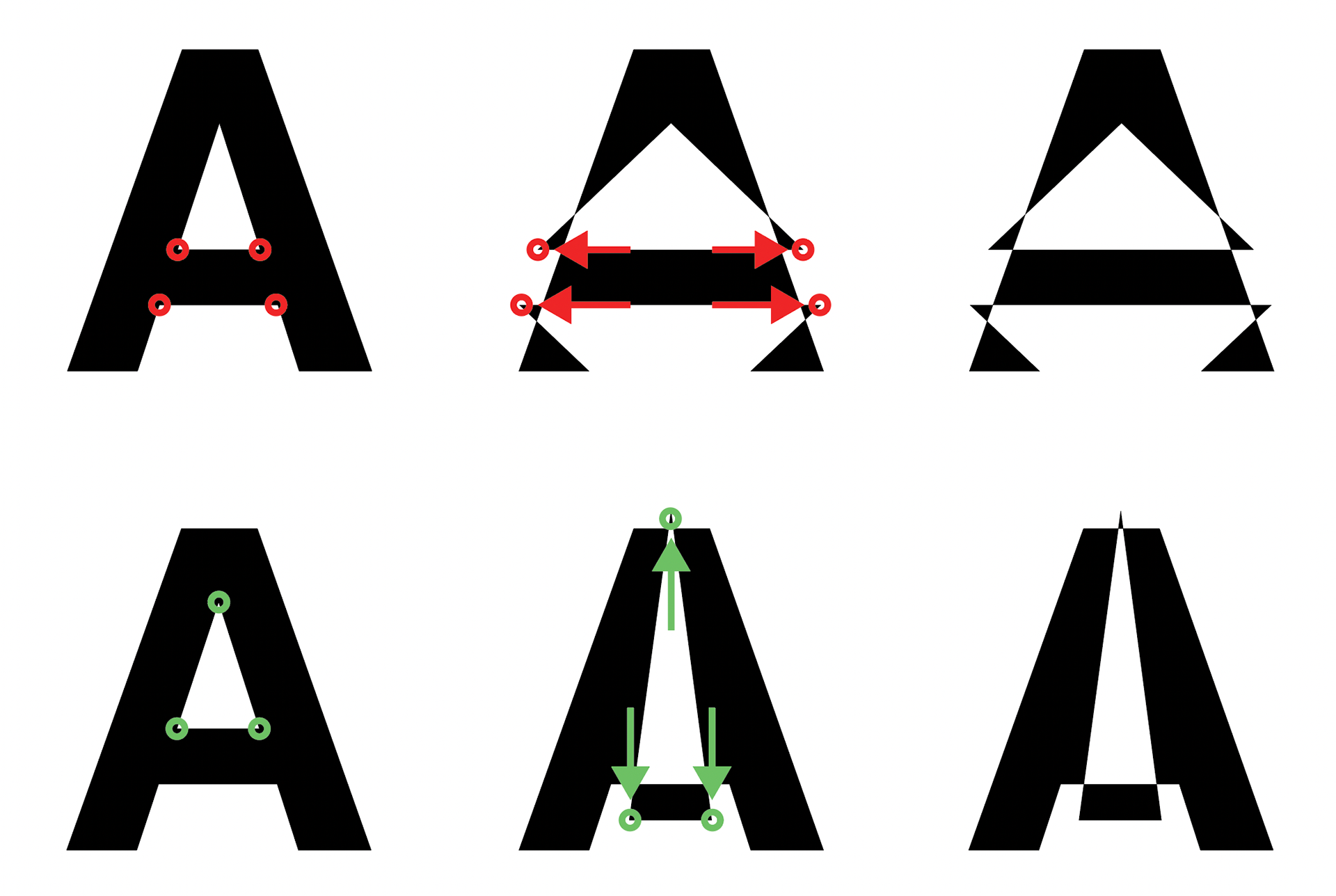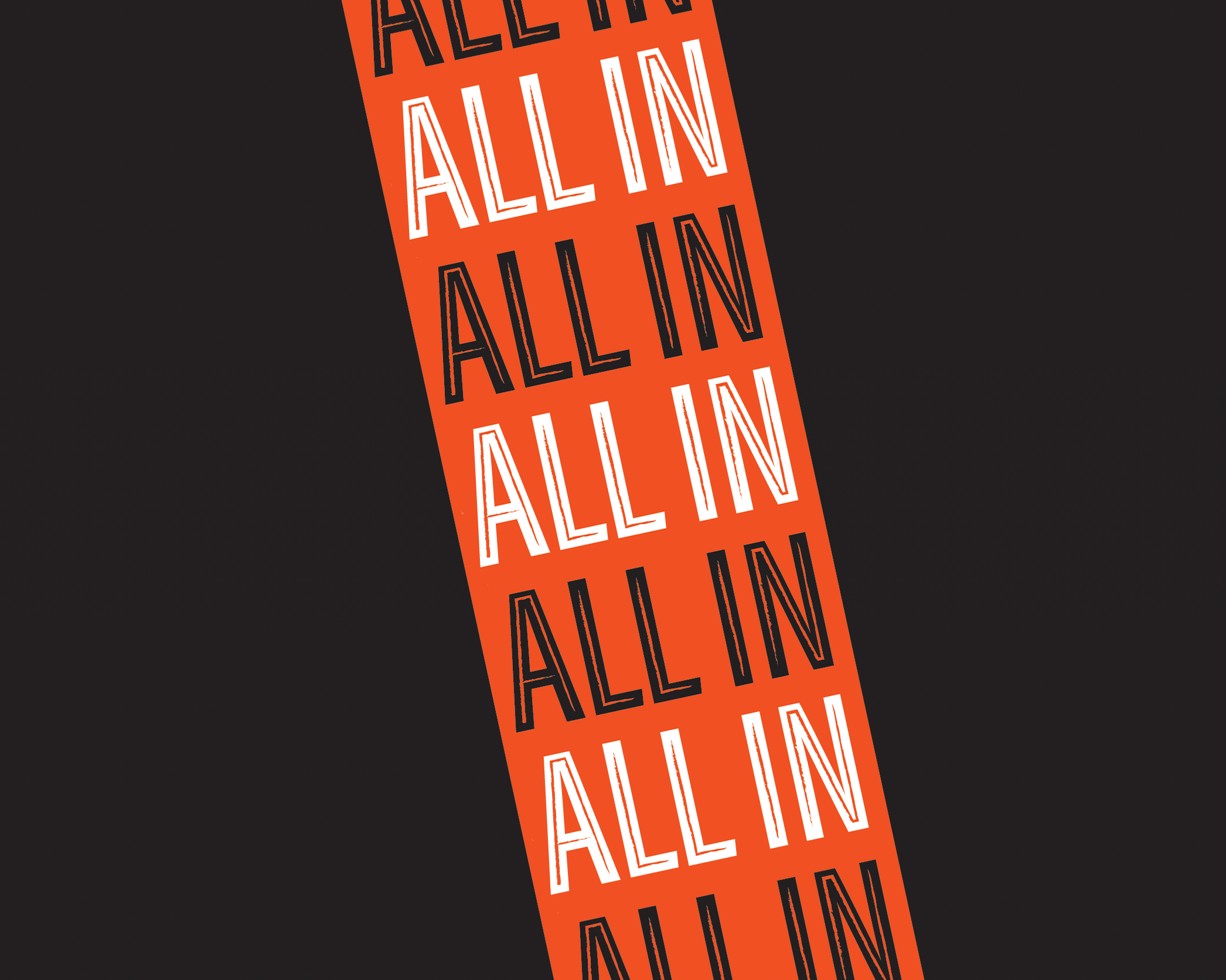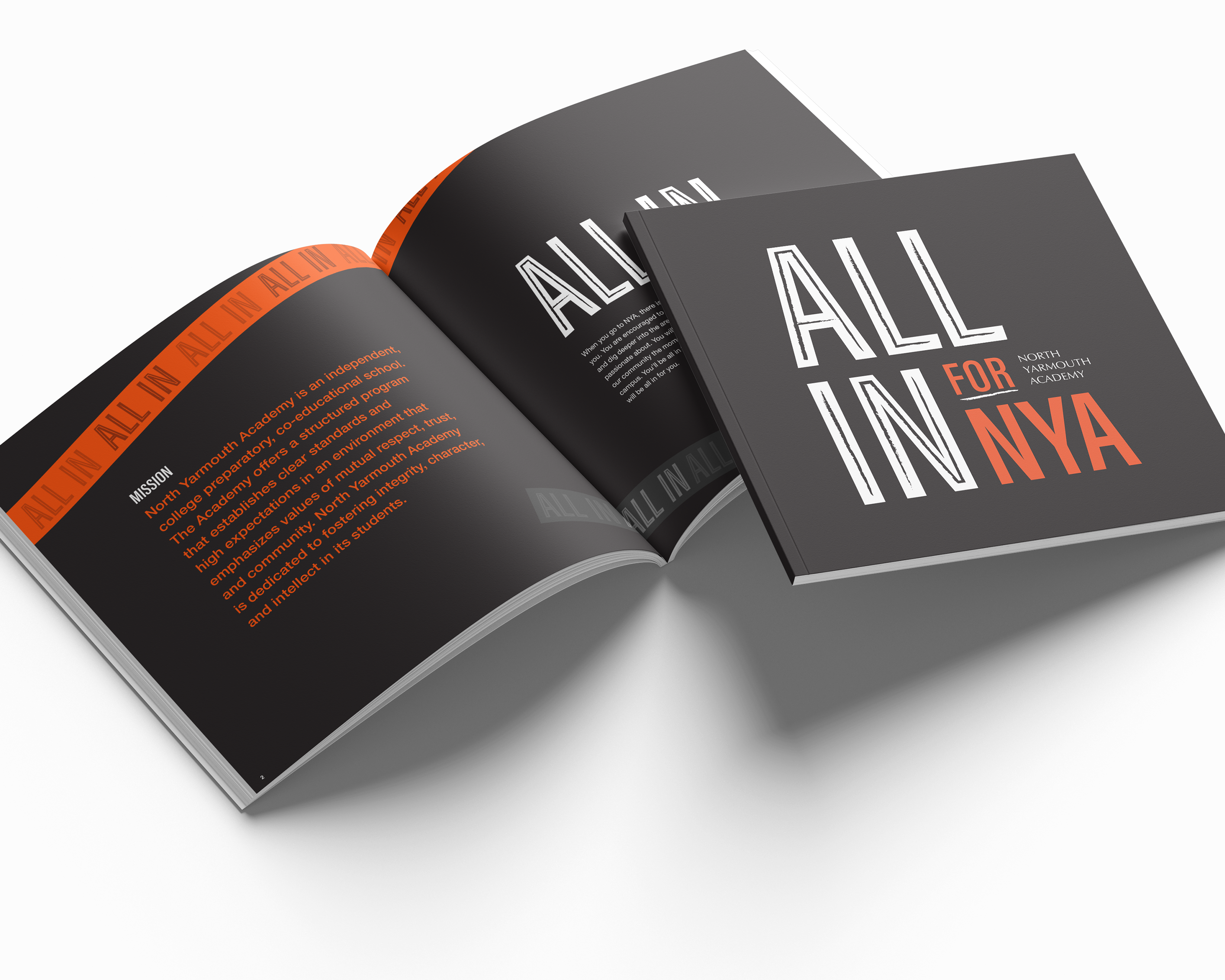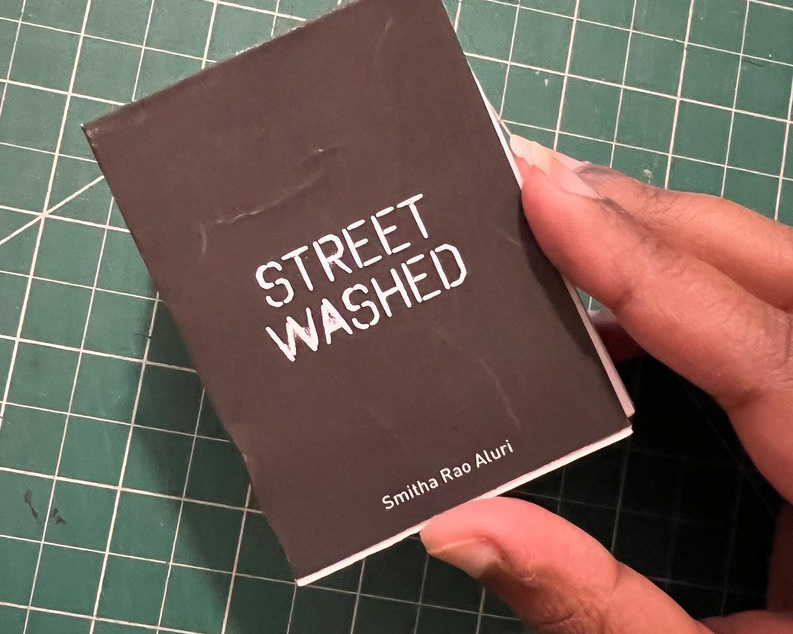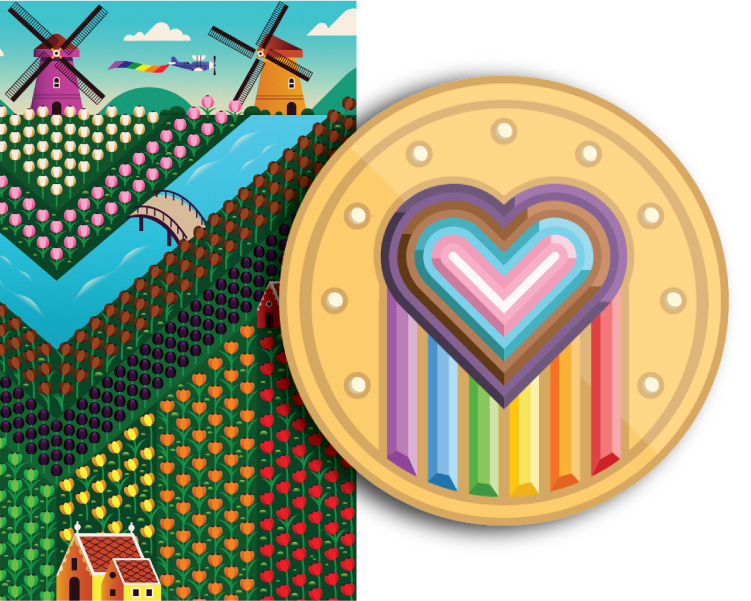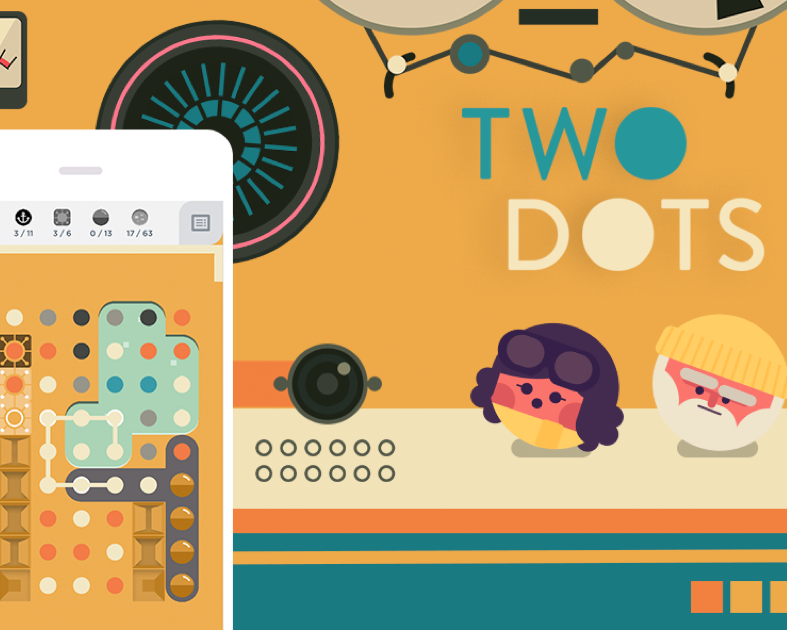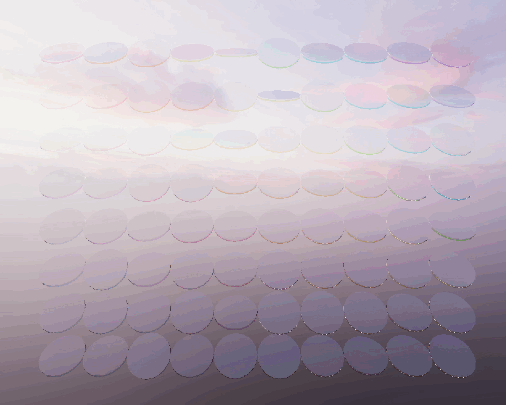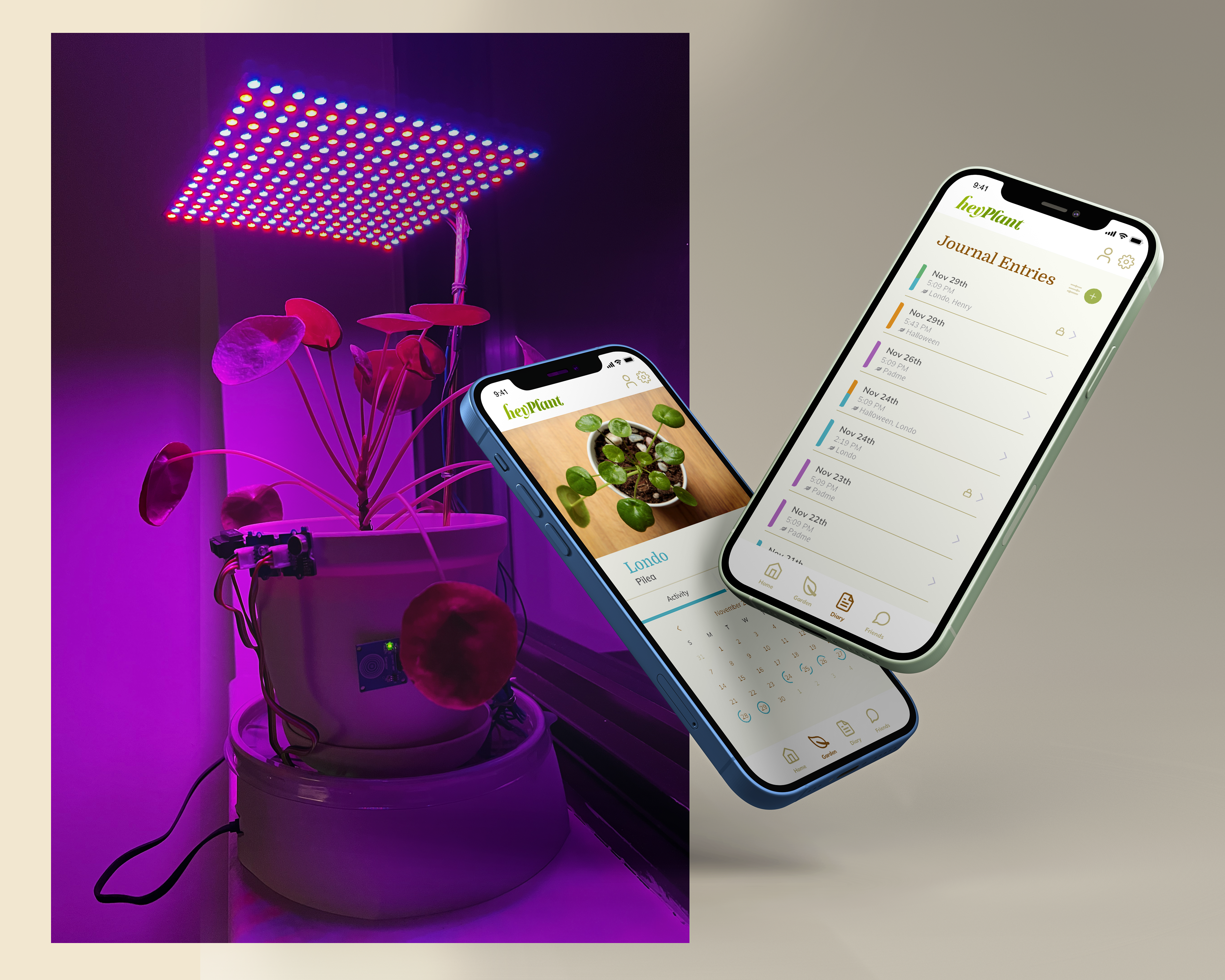Quantica
qauntum-generated experimental typeface
Quantica was an attempt to design an experimental typeface by manipulating the form of an existing Latin-script typeface with the use of a quantum algorithm.
Classroom Project developed for the elective - Quantum Computing at Parsons
Developed using IBM's Quantum Computer ibmq_manila
Duration: 1 week (Dec 2021)
Quantum computing as an artistic medium to power art, design and music, can result in unprecedented and truly unparalleled forms of creative expression. I have been curious to explore how this could work with the field of type design, a mathematical process that focuses on precision to build a consistent style. How could noise and randomness inform a process heavily reliant on accuracy?
Design Process
(i) Converting to Binary Values
(ii) Building the Quantum Circuit
(iii) Recording the Data
(iv) Manipulating the Form
STEP 1
Binary Values
Alphanumeric values can be converted to binary values using the UTF-8 binary code system. The first three characters of the binary code denote whether the character is upper or lower case with 010 and 011 respectively. The last 5 characters are, however, unique. Similarly, in the case of numeric characters, a decimal with a base 10 is converted to a binary digit with the base 2. For this project I worked only on upper case characters.
STEP 2
Building the Quantum Circuit
For each alphanumeric character A-Z and 0-9, 5 qubits are mapped to the 5 characters of the binary code (binary input) and initiating them accordingly to either 0 or 1.
Entangling the qubits by running the Bell State circuit on q0 and q1, and the Berstein-Vazirani circuit on q2 - q4, and measuring them all to 5 classical bits respectively to get the quantum output represented as binary data. The figure below shows the visualisation of the circuit that was run for character ‘A’ with binary code 00001.
STEP 3
Recording the Data
The table below shows the 36 alphanumeric characters along with their corresponding input binary code and the output binary value after running the quantum circuit.
Choosing a Typeface
I chose to manipulate Helvetica, an existing, widely used san serif typeface. Developed by Swiss designer Max Miedinger and Eduard Hoffmann in 1957, it is a neo-grotesque design based on Akzidenz Grotesk and other German and Swiss influences.
It’s high x-height, termination of strokes on horizontal and vertical lines and the tight spacing between the letters give it a solid appearance. As one of the most popular typefaces used globally today, a number of variants and derivative forms have emerged over the years. It was important that I used such a classic form as a base or foundation for the quantum-generated iterations.
STEP 4
Manipulating the Form
I created a key out of the output data to modify the letterforms. 0 corresponded to no change or tweaking, whereas 1 meant manipulation. Each of the 5 values (- - - - -) were mapped to x (left) | x (right) | superposition | y (down) | y (down) respectively.
Accordingly, each quantum generated letterform was a result of altering the x and y values key anchor points.

